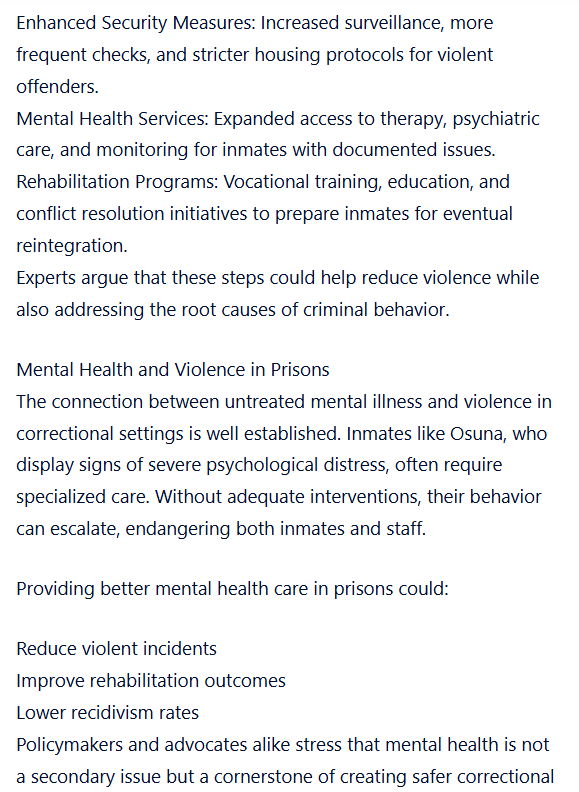Hair color is often seen as a reflection of youth, vitality, and individuality. Whether it’s a rich brunette, fiery red, or golden blonde, the pigmentation of our hair is something many of us hold dear. But as time passes, strands gradually begin to lose their color—sometimes sooner than expected. While genetics certainly play a role in how and when this happens, so does nutrition, particularly mineral balance. One key player in this process is a lesser-known yet essential trace mineral: copper.








Copper doesn’t just help keep your immune system strong or assist in iron absorption—it also plays a critical role in preserving the natural pigmentation of your hair. Let’s dive into how copper supports melanin production, why deficiency can contribute to premature graying, and how you can maintain optimal levels for healthy, vibrant hair.
Understanding Hair Pigmentation
Hair gets its color from melanin, a natural pigment produced by specialized cells called melanocytes, located in hair follicles. There are two main types of melanin involved:
- Eumelanin – gives black and brown tones
- Pheomelanin – responsible for red and yellow hues
The specific ratio and concentration of these pigments determine your hair color. Over time, or due to nutritional or hormonal factors, melanocytes may slow down or stop producing melanin altogether—leading to gray or white hair.
But what keeps melanocytes healthy and active in the first place? That’s where copper comes in.
Copper’s Role in Melanin Production
Copper is essential for the activation of tyrosinase, a key enzyme involved in melanin synthesis. Without adequate copper:
- Tyrosinase activity drops, slowing or halting melanin production
- Hair pigmentation fades, resulting in lighter, gray, or white hair strands
- Follicular health declines, which can impact overall hair vitality and texture
In short, copper is like the spark plug in your body’s hair-color engine. It doesn’t produce pigment itself, but it enables the entire melanin production system to function properly.
Signs of Copper Deficiency Related to Hair
While severe copper deficiency is rare, suboptimal copper levels are more common than many people realize—especially among those with restricted diets, gut absorption issues, or high zinc intake (zinc competes with copper for absorption).
Symptoms related to copper deficiency may include:
- Premature graying of hair
- Dull or faded hair color
- Brittle hair or increased shedding
- Slower hair regrowth
- Changes in hair texture
These signs may not always point to copper alone, but they often coincide with mineral imbalances that affect hair health overall.
Copper, Antioxidants, and Hair Health
In addition to supporting melanin, copper is a vital component of several antioxidant enzymes, such as superoxide dismutase (SOD). These enzymes protect hair follicle cells from oxidative stress, which is a major factor in both hair thinning and loss of pigmentation.
Oxidative stress occurs when free radicals outnumber antioxidants in the body, damaging cells over time. In the scalp and follicles, this can:
- Age the melanocytes prematurely
- Disrupt normal hair growth cycles
- Increase inflammation and follicular damage
By acting as an antioxidant cofactor, copper helps preserve the cellular environment necessary for healthy hair pigmentation and growth.
Dietary Sources of Copper
Your body doesn’t produce copper on its own, so it must come from your diet. Luckily, copper is found in a variety of whole, nutrient-dense foods, including:
- Shellfish (especially oysters and crab)
- Liver (beef or lamb liver is particularly rich)
- Nuts and seeds (cashews, sunflower seeds, sesame)
- Dark leafy greens (spinach, kale, chard)
- Legumes (lentils, chickpeas, black beans)
- Whole grains (quinoa, oats, buckwheat)
- Dark chocolate (in moderation)
Ensuring a balanced intake of these foods can help maintain optimal copper levels for hair pigmentation and overall well-being.
How Much Copper Do You Need?
The Recommended Daily Allowance (RDA) for copper in adults is around:
- 900 micrograms (mcg) per day for most adults
- Up to 1,300 mcg during pregnancy or lactation
While it’s uncommon to become severely deficient through diet alone, individuals with malabsorption conditions (like celiac or Crohn’s disease), those taking high-dose zinc supplements, or people following highly restricted diets may need to monitor copper levels more closely.
Copper and Other Nutrients for Hair Color Preservation
Copper doesn’t work alone—it operates in synergy with other nutrients involved in hair pigmentation and follicle health:
- Vitamin B12 – A deficiency here is also linked to premature graying
- Iron – Essential for oxygenating hair follicles and melanin production
- Zinc – Supports hair growth but must be balanced with copper
- Vitamin C – Enhances mineral absorption and supports collagen around follicles
- Protein – Melanin and hair shafts are made from amino acids
Maintaining a balanced micronutrient profile is key if you’re concerned about fading hair color or early graying.
Can Copper Reverse Gray Hair?
While some people hope that increasing copper intake will reverse existing gray hairs, the science isn’t conclusive. In cases where graying is caused by deficiency or oxidative damage, improving copper levels may slow or even slightly reverse pigment loss in early stages. However:
- Genetically driven graying is less likely to be affected
- Fully white hairs (without melanocyte activity) are unlikely to repigment
- Consistency in nutrition is more about prevention and delay than reversal
Still, restoring healthy copper levels can support melanin production in remaining active follicles and enhance overall hair tone, strength, and vibrancy.
Supplementing with Copper: Proceed with Caution
Because copper is a trace mineral, too much can be harmful. High copper levels can cause:
- Nausea and digestive upset
- Liver toxicity in extreme cases
- Imbalances with zinc and iron
If you suspect a deficiency, it’s best to consult a healthcare professional before supplementing. A hair mineral analysis or blood test can help determine your current levels.
That said, for most people, a nutrient-dense diet is the safest and most effective way to support healthy copper intake.
Final Thoughts
Copper may not be the first thing that comes to mind when you think of hair care, but its role in preserving hair pigmentation and follicle health is undeniable. From activating enzymes that produce melanin to defending against oxidative stress, copper is a small but mighty mineral working behind the scenes to keep your hair rich in color and life.
So if you’re looking to support your natural hair color and prevent premature graying, don’t just focus on shampoos and serums—look at your plate. A balanced diet rich in copper-containing foods could be the missing link in your hair health routine.



